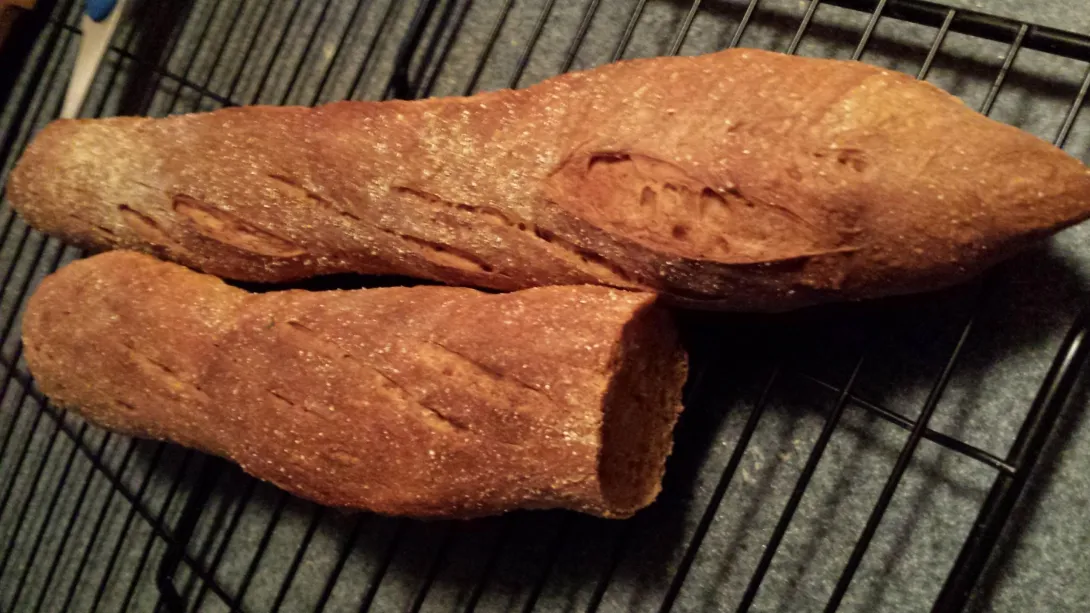Crackers

Last Sunday the weather turned British over here, time to do something REALLY BRITISH:
A Pimms party with our neighbours!!!
I supplied some of the food: Tried and tested Sesame Crackers and Swedish Thin Bread (from Bo Friberg's book The Professional Pastry Chef), to go with some hoummous and guacamole.
I will give only a brief description of the process, as making these tasty crackers is really easy, and the formulas and stories around it are published in Friberg's book, which I highly recommend:
Sesame Crackers
Bread Flour 77%
- Log in or register to post comments
- 2 comments
- View post
- Juergen Krauss's Blog









